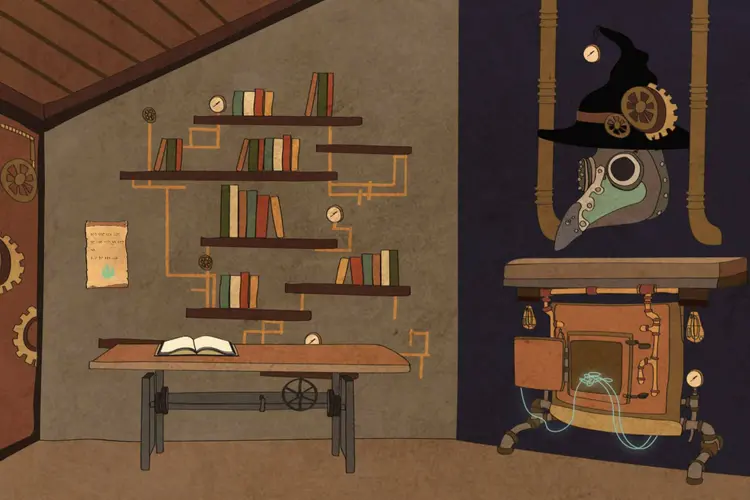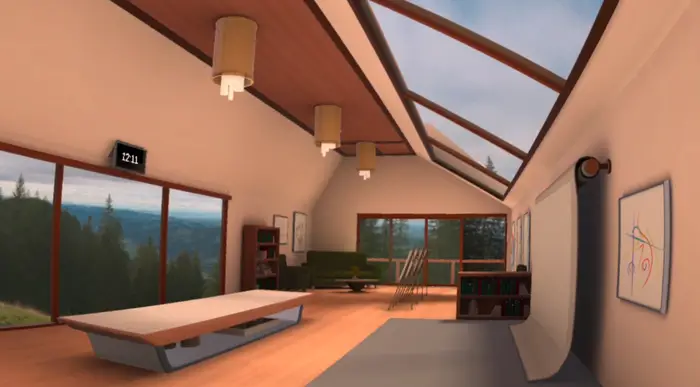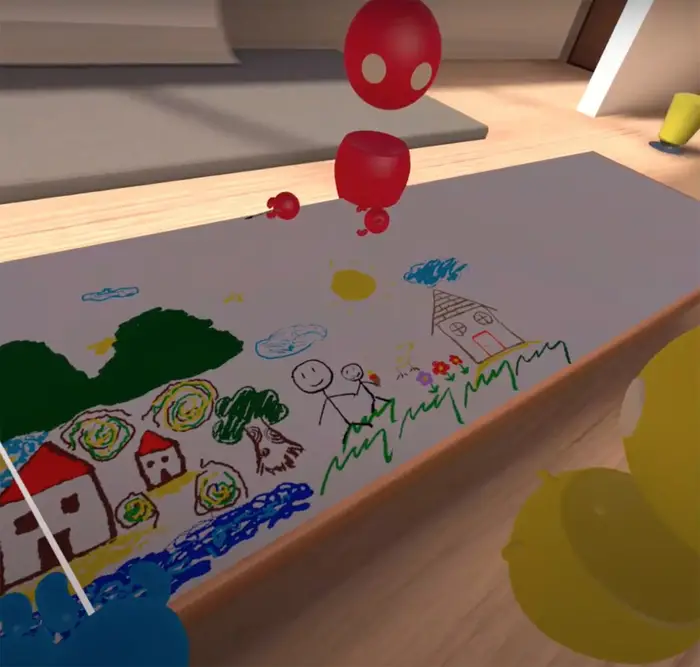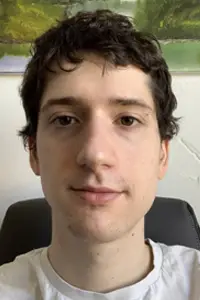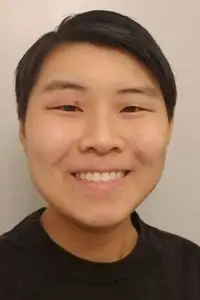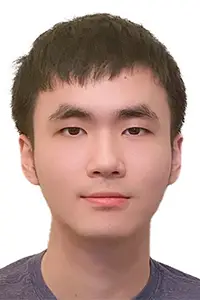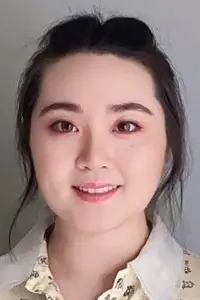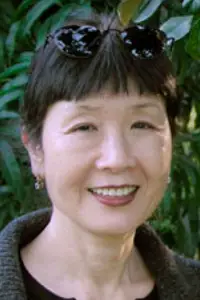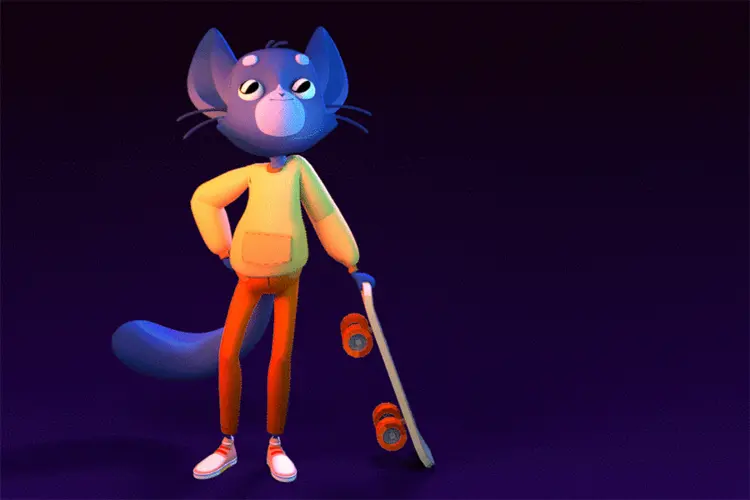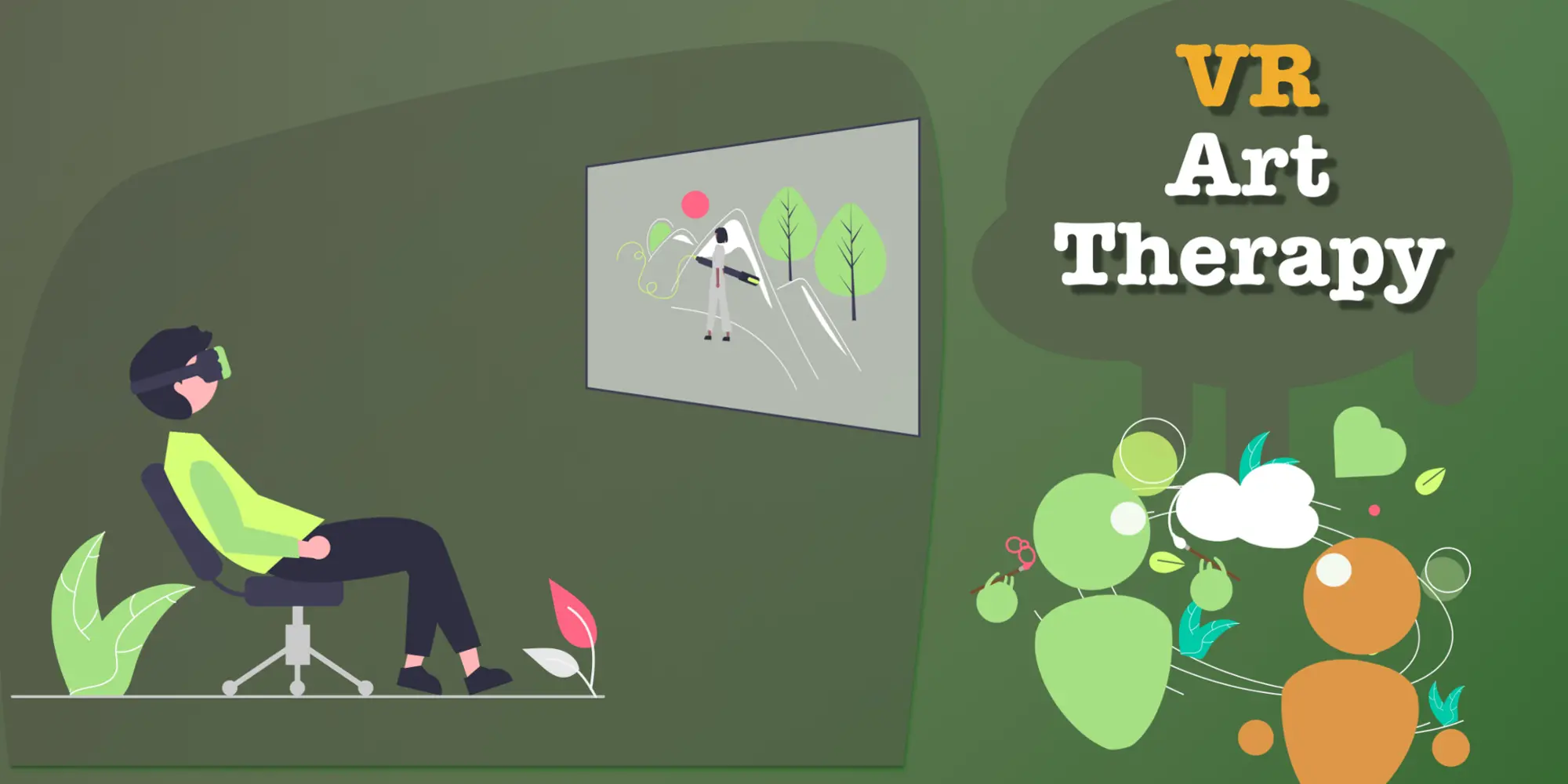
ETC Project Creates Immersive Art Therapy Space in VR
The app provides new ways to connect during times of isolation
Media Inquiries
In most art therapy sessions, the clinician offers a client art supplies and a prompt to respond to. The in-person experience is limited to location, available craft materials and the arrangement of the physical space.
A new multiplayer app developed by students in Carnegie Mellon University's Entertainment Technology Center(opens in new window) (ETC) explores how a virtual environment can address these limitations and better help patients unlock and express their thoughts and feelings.
Lauren Zhang, who co-produced a program for team Impression, said they and fellow students were familiar with the therapeutic environment, but its application in VR was a new challenge.
"It started with a really open-ended idea," Zhang said. "Even our clients didn't know exactly how to accomplish what they were asking for."
That's not uncommon in the ETC. The two-year master's degree is a hands-on, professional graduate program that pairs interdisciplinary student teams with clients seeking help with a unique project or challenge. For Impression, that task was compounded by the need to understand not just an end user, but their psychotherapeutic needs.
Impression worked in partnership with NYU Steinhardt's Graduate Art Therapy Program and tested the VR interface with ETC students and faculty, as well as their NYU collaborators.
"I think this team exercised a lot of intelligent restraint," said�Ricardo Washington, an ETC special faculty member. "They couldn't make something that was just a game, that was just for fun. The therapists needed to be able to use this no matter what comes up in their session — any emotions, any moods."
Through the app, clients and therapists meet in a virtual therapy to create small drawings.
In its final form, the program features a "physical" waiting room to help both therapists and clients adapt to the VR environment before entering a therapeutic experience; different drawing positions suitable for sitting and standing; and enhanced oversight for therapists to monitor progress in a group session environment.
Once inside the virtual therapy room, clients control an avatar (left) using a curated palatte of brushes and colors to create small drawings in short bursts of activity — usually 10-15 minutes of a longer session.
Limited in-game time was an important consideration for VR, Impression programmer Thomas Wrabetz said, especially for users unaccustomed to wearing Oculus headsets for long periods.
The environment itself was equally tricky. Co-producer and interface designer Qianhui Zhi said she learned a lot about how to balance artistic beauty with upload speed.
"There's a lot of art-making software on the market already, even for VR," said Heather Kelley, an ETC assistant teaching professor. "Team Impression rose to this challenge by working to really understand the mental health care application and made choices that could eventually lead to successful therapeutic outcomes."
Unlike many ETC projects that end at the close of a semester, team Impression's goal was to create something that their client, Tom Smith, could adapt over time.
"We often work with clients who'd like to have a copy of the code base, just in case," Kelley said. "They might hope to use that code to work further on the application some day. But it's more unique to be certain they will continue development, and to already have a plan for their next steps."
Before attending NYU's graduate art therapy program, Tom Smith earned his first master's degree with the ETC in 2004. As part of his thesis at NYU, he wanted to prove that VR could make art therapy more accessible.
Initially, Smith said he was confident the team would create something cool, but that this might be an extended project — something that could run two semesters or more. But in 14 weeks, they blew him away.
"Art therapy can help people heal, but as a specialty, it doesn't always get the recognition it deserves," he said. "Adapting it to VR advances both fields, and there's nothing like this on the market right now."
Under guidance from NYU Program Director Ikuko Acosta, Smith said he's excited to finish his thesis and continue working on Impression.
He added that he is grateful for the opportunities CMU and the ETC continue to provide.
"With an ETC education, you aren't just learning to make software. You're integrating different aspects of daily life and broadening possibilities for people," Kelley said. "It's so cool to see our alumni bring these skills to new audiences while also showing our current students another level of what's possible for them in their careers."
Impression Team
Thomas Wrabetz
Lauren Zhang
Rui Zhang
Qianhui Zhi
Ikuko Acosta
Tom Smith
— Related Content —
